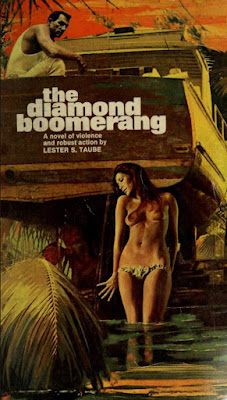Eve Grant is a scrub nurse working at a hospital in Ohio. She receives a strange message from a law firm indicating that an uncle she never knew of has left her an immense fortune in his will. For the record, I will inherit debts from every family member I know and don't know. These things only happen to cute paperback nurses, teachers, and nannies. The deal is that she will inherit the fortune and a large castle that was carefully constructed in Cape Cod. Her uncle is terminally ill and near death, but the law firm would like Eve to go to the castle at once to meet the man before he dies.
Ross does a great job of characterization by having Eve hesitant to inherit the fortune, instead wishing to concentrate on her own career to make her own way. For the record, if this event happens to me, I'm capitalizing on whatever Hell the family member had to endure to earn his or her fortune. My lousy sales agent job with an insurance company can take a hike. I'll make my own way with other people's money anytime. But, Eve does visit the castle and is introduced to her uncle's wife, a snobbish older retired Hollywood actress who is angry with Eve because she gets the bulk of the money. Also, Eve is introduced to her uncle's caretaker, a former Hollywood director or agent that is slightly over-the-top and seems to have a particular disdain for Eve.
Eve's closest ally and friend in the novel is a local town surgeon, who immediately strikes up a romantic connection. But, the narrative consists of Eve being nearly killed by the caretaker, her uncle's son-in-law, and a brutish former pro-wrestler that serves as a type of house bodyguard. Unpleasant things happen to Eve to the point where she questions the motives of her uncle's people. But, where is the uncle in all of this?
Despite Eve's best efforts, she is routinely blocked from meeting her uncle. His keepers seem to have an agenda to keep Eve from physically meeting him. The mystery introduced to readers is whether her uncle is really alive. If he isn't, then who is the man they claim is in the west tower? Also, is there any actual truth to the rumors of a floating apparition in the castle hallways? Is the castle haunted, is it inhabited by murderers, or is this a figment of Eve's imagination stemming from exhaustion?
This is one of the best gothic novels I've read by William Ross. It certainly follows the formula of a female protagonist in danger within a large structure, but there's enough variety here to make it enjoyable. Eve is a stronger character than some of the prior gothic beauties, and the twist at the end actually threw me off a little. This may also be the first gothic I've read that had the main character packing heat. Needless to say, the ending went out with a loud bang. Overall, The Secret of Mallet Castle is worth a listen or read.
Buy a copy of this book HERE



















